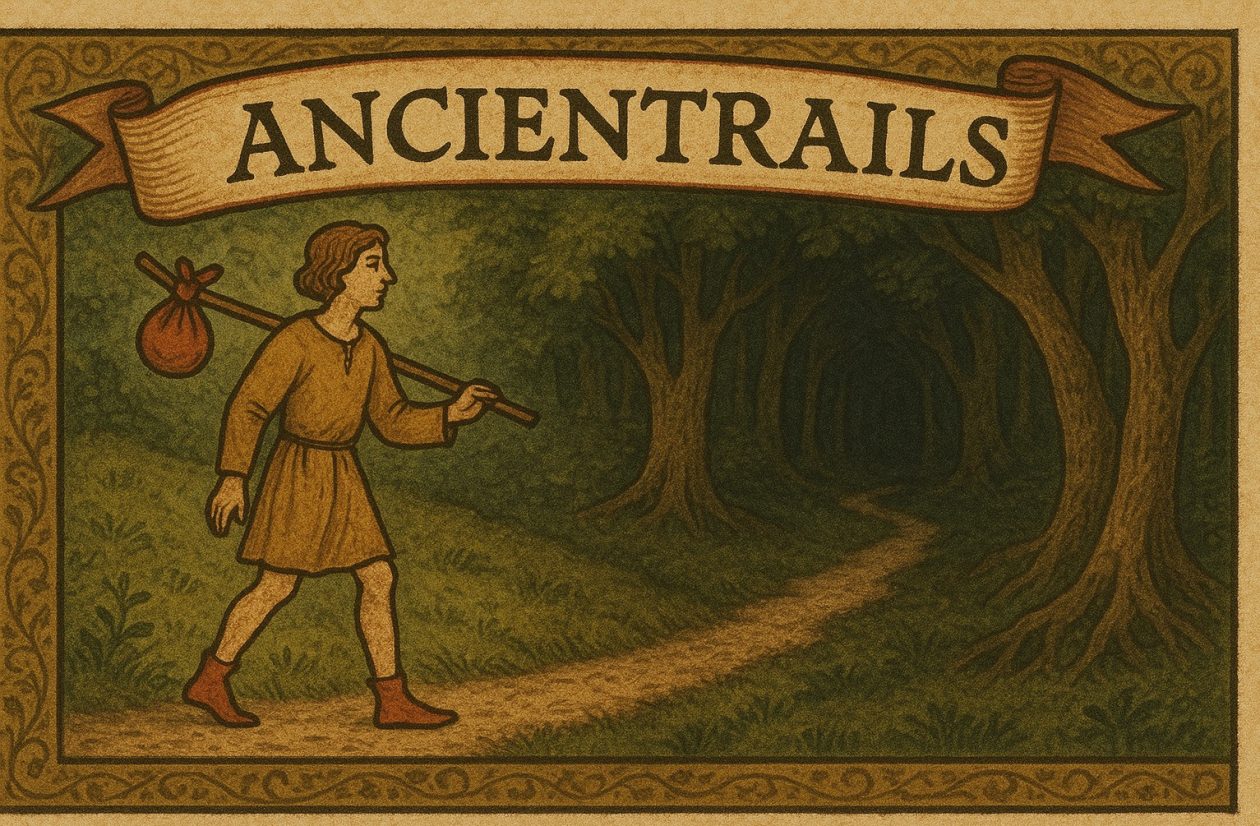Summer New Moon
A.T. cleaned turnips and beets, cut their greens off and prepared them for boiling. He also prepared kale and collard greens, first washing them, then cutting their rib out and storing them for Kate who will boil and freeze them.
An old folk saying suggests fire wood warms you five times: when you cut it, when you move it, when you split it, when you stack it and when you burn it. There is a parallel in the seeding, tending, harvesting, preparing and eating of vegetables and fruits. Each of these plants grew from a tiny seed placed either in soil or in soil block. They were thinned and mulched. The soil over and around them has been built up over the years. When they grew to maturity, the same hands that planted them, took them from the plant and washed them.
When Kate and I eat them, they will have nourished us five times. As we care for the seedling, we participate again in the miracle of vegetative reproduction. While we tend them, we pay attention with love to the soil in which they grow, checking them for disease and creating a nurturing place for them. When we harvest them, we enter into the oldest covenant of humankind, one that even preceded the neolithic revolution, the covenant between humans and domesticated or at least cultivated plants. When we prepare them for food, we touch not strangers, but friends, allies in the ongoing wonder of nature’s intertwined parts. As we eat them, we become the plant and the plant becomes us.
